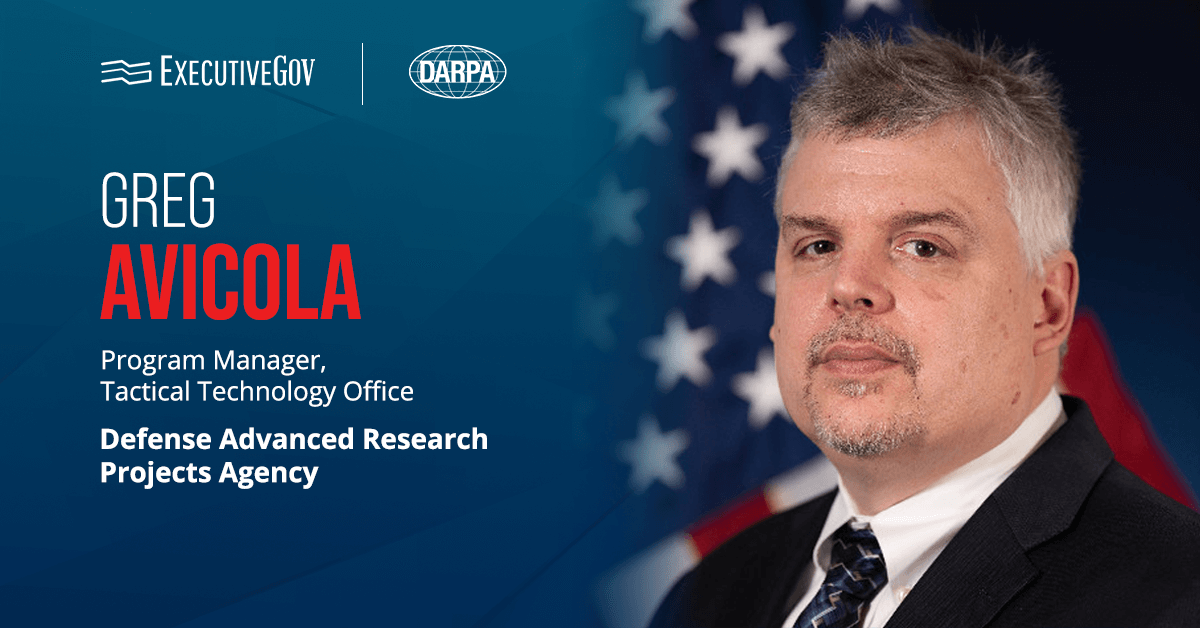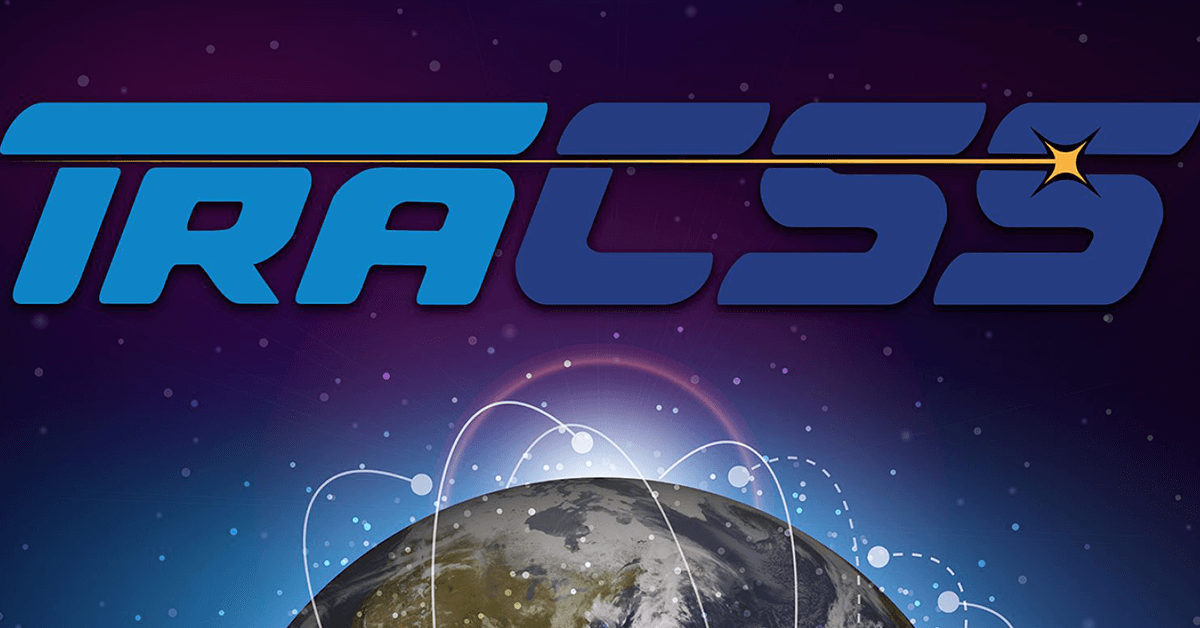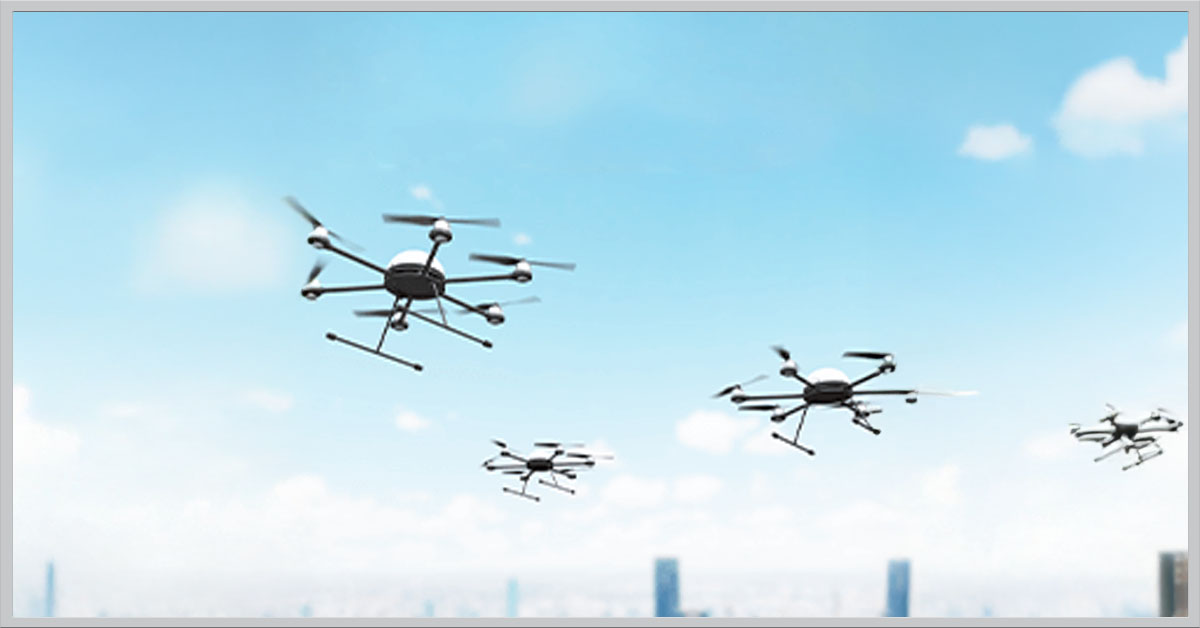The Defense Information Systems Agency revealed that it has developed the Department of Defense Cloud Infrastructure as Code, a framework created by its J-9 Hosting and Compute team to fast-track DOD cloud adoption.
Table of Contents
Cloud Adoption Acceleration
DISA said Wednesday that 60 customers are currently using the DOD Cloud IaC to streamline their cloud adoption process. The platform expedites infrastructure deployment by reducing the time and effort needed to create a secure infrastructure, enabling teams to deploy cloud capabilities rapidly.
Furthermore, users can leverage the platform’s ready-to-use automation feature to quickly set up DOD-compliant environments that the DISA Risk Management Executive pre-authorizes.
DOD Cloud IaC Impacts So Far
The DOD Cloud IaC has significantly reduced partners’ cloud adoption process by an average of seven months, which translates to 35 years saved since the tool’s release. In addition, around $24 million in total savings have been reported by DOD agencies.
Joint Warfighting Cloud Capability cloud service providers, particularly Amazon Web Services, Google Cloud Platform, Microsoft Azure and Oracle Cloud Infrastructure, can access the tool at Impact Levels 4, 5 and 6.














